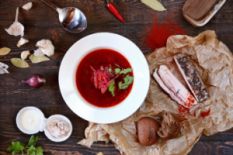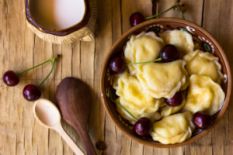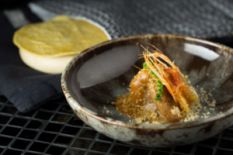Horilka
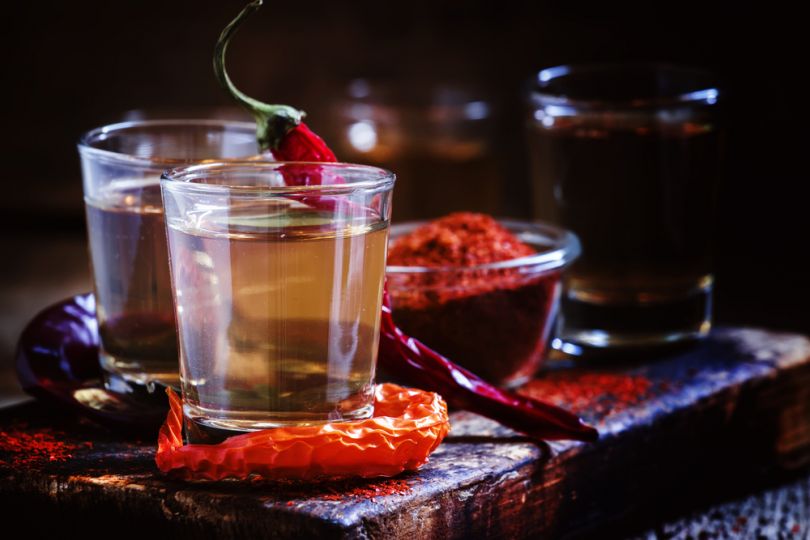 Definitely one of the most famous Ukrainian drinks, horilka has a long and rich history. According to different historical sources, manufacturing of horilka appeared in Ukraine as far as the 12th-13th centuries. The drink was initially called ‘bread wine’ and later horilka got its signature name due to the Ukrainian word ‘hority’, which means ‘to burn’. The secret lies in the simple technology of checking the quality of the product by burning. If the drink caught fire, horilka was deemed good. Horilka manufacturing existed during the period of Zaporizh Sich, and Cossacks were known to export horilka to Russia in the 17th century.
Definitely one of the most famous Ukrainian drinks, horilka has a long and rich history. According to different historical sources, manufacturing of horilka appeared in Ukraine as far as the 12th-13th centuries. The drink was initially called ‘bread wine’ and later horilka got its signature name due to the Ukrainian word ‘hority’, which means ‘to burn’. The secret lies in the simple technology of checking the quality of the product by burning. If the drink caught fire, horilka was deemed good. Horilka manufacturing existed during the period of Zaporizh Sich, and Cossacks were known to export horilka to Russia in the 17th century.
The main difference between Russian vodka and Ukrainian horilka lies in the manufacturing technology — vodka is traditionally made from rye, often with the addition of wheat or oats, horilka is based solely on wheat. It’s interesting that beyond the measures of Ukraine, the word horilka is usually used to describe pertsivka — a bitter hot pepper tincture. The latter is often brought as a souvenir and known as the best Ukrainian alcohol.
Nalyvkas and Nastoyankas
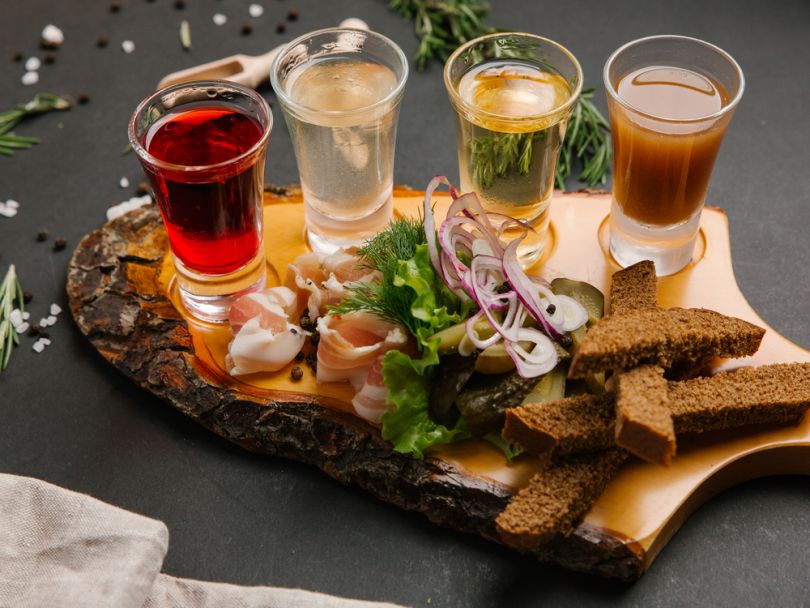 Apart from horilka, homemade tinctures and liquors called nalyvkas and nastoyankas also belong to the popular Ukrainian drinks. Both are based on horilka and are believed to have soothing qualities for digestion. Nastoyankas are made of horilka, herbs and spices that develop more beneficial in time — usually, it takes up to six months for nastoyanka to settle perfectly. That’s why they are often prepared in summer and popped open in the cold winter days. The most popular nastoyankas in Ukraine are pertsivka with hot pepper, khrinovukha with horseradish, ginger and celery, kalhanivka with galangal, kmynivka with cumin, and chasnykivka with garlic.
Apart from horilka, homemade tinctures and liquors called nalyvkas and nastoyankas also belong to the popular Ukrainian drinks. Both are based on horilka and are believed to have soothing qualities for digestion. Nastoyankas are made of horilka, herbs and spices that develop more beneficial in time — usually, it takes up to six months for nastoyanka to settle perfectly. That’s why they are often prepared in summer and popped open in the cold winter days. The most popular nastoyankas in Ukraine are pertsivka with hot pepper, khrinovukha with horseradish, ginger and celery, kalhanivka with galangal, kmynivka with cumin, and chasnykivka with garlic.
While nastoyankas are mostly hot or bitter, nalyvkas are definitely on the softer and sweeter side. Cherry nalyvka or vyshnivka is one of the most popular souvenirs, often believed to be the best and the most delicate alcohol in Ukraine. Other popular flavors include plum, guelder rose, mint and dogwood. Some bars have mastered technology enough to produce their signature flavors — for instance, Drunken Duck pub in Lviv offers Sambukivka and Mokhitivka based on based on Sambuca and Mojito accordingly.
Medovukha
 Various drinks made of honey were incredibly popular in Ukraine ever since the Kyivan Rus era. One of them is medovukha — a mead-like beverage made of fermented honey. While in Western Europe mead is mostly associated with the Middle Ages, in Ukraine and the whole entity of Eastern Europe, medovukha remained popular until the late 19th century.
Various drinks made of honey were incredibly popular in Ukraine ever since the Kyivan Rus era. One of them is medovukha — a mead-like beverage made of fermented honey. While in Western Europe mead is mostly associated with the Middle Ages, in Ukraine and the whole entity of Eastern Europe, medovukha remained popular until the late 19th century.
Traditionally, to prepare medovukha you first had to make sytá — honey diluted with water. Only then manufacturers added steamed hops cones and left it to brew in a warm place for several days. Sometimes, medovukha could be brewed as long as a week, which ensured the drink came out quite strong. During the times of Kyiv Rus, medovukha was one of the most popular drinks, which was forbidden only during the fasting. Nowadays it is served in many Ukrainian cuisine restaurants.
Spotykach
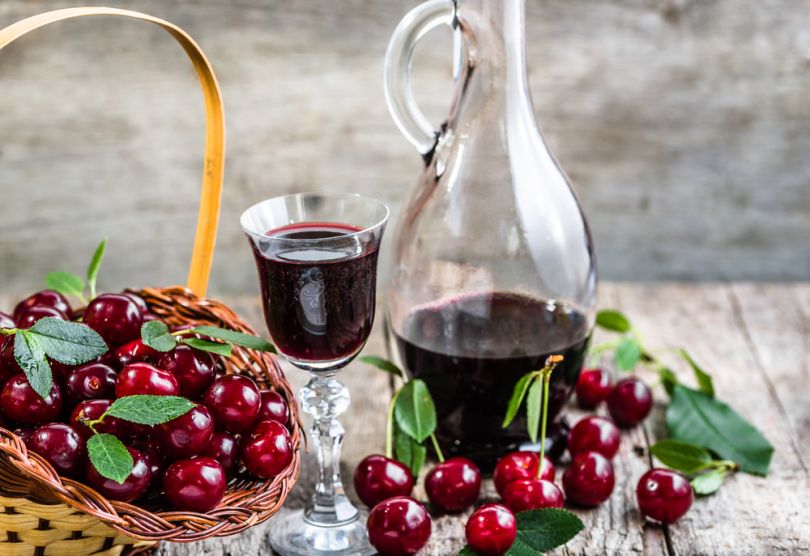 One of the well-known traditional Ukrainian drinks, Spotykach has an intriguing name. It derives from the word ‘spotykatys’, which means to stumble, and hints at the strength of the liquor. Nevertheless, traditionally spotykach is considered to be a ‘female drink’ due to its sweet taste. The drink is essentially a tincture made from horilka and various spices. Its history dates back to the 18th century when first manufacturers developed the recipe with trial and errors.
One of the well-known traditional Ukrainian drinks, Spotykach has an intriguing name. It derives from the word ‘spotykatys’, which means to stumble, and hints at the strength of the liquor. Nevertheless, traditionally spotykach is considered to be a ‘female drink’ due to its sweet taste. The drink is essentially a tincture made from horilka and various spices. Its history dates back to the 18th century when first manufacturers developed the recipe with trial and errors.
Traditionally, spotykach is made of cherry, cinnamon, nutmeg, cloves, saffron and vanilla. The mix is infused with vodka for several weeks and then boiled with sugar. Nowadays, it can be found in various restaurants in the whole territory of Ukraine. One of the most famous Ukrainian cuisine restaurants in Kyiv was named after the iconic drink.
Syrivets
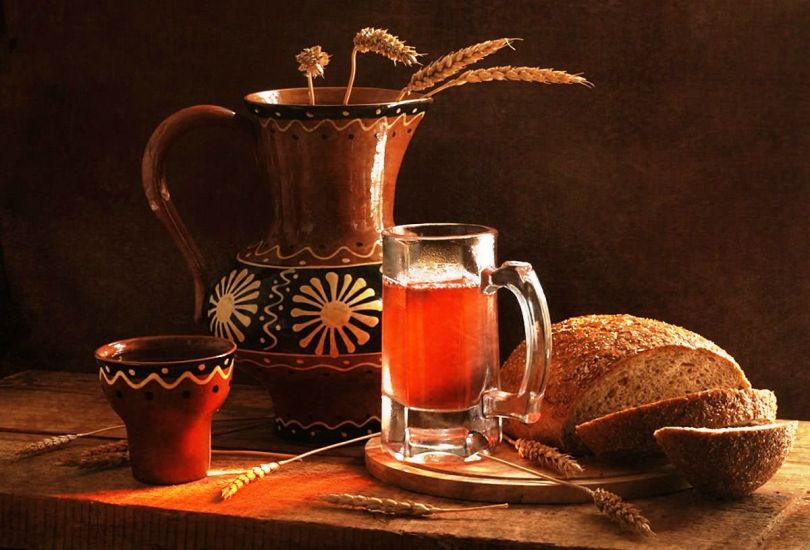 One more incredibly old traditional drink, Syrivets had been known and cherished already in the times of Kyiv Rus. The first written mentioning of syrivets is contained in the Primary Chronicle. According to the historical document, Prince Volodymyr celebrated the victory over the Pechenegs in 966 with this drink.
One more incredibly old traditional drink, Syrivets had been known and cherished already in the times of Kyiv Rus. The first written mentioning of syrivets is contained in the Primary Chronicle. According to the historical document, Prince Volodymyr celebrated the victory over the Pechenegs in 966 with this drink.
Syrivets experienced a rise in popularity during the 19th century. The recipe included many steps. First, you had to pour boiling water in the fried rye bread and add yeast. Then you would cover the mixture with a lid or towel and leave for a couple days in a warm place. Only after waiting, syrivets was poured into bottles and corked. Traditionally, syrivets is served in summer with cold or hot green borshch.
Uzvar
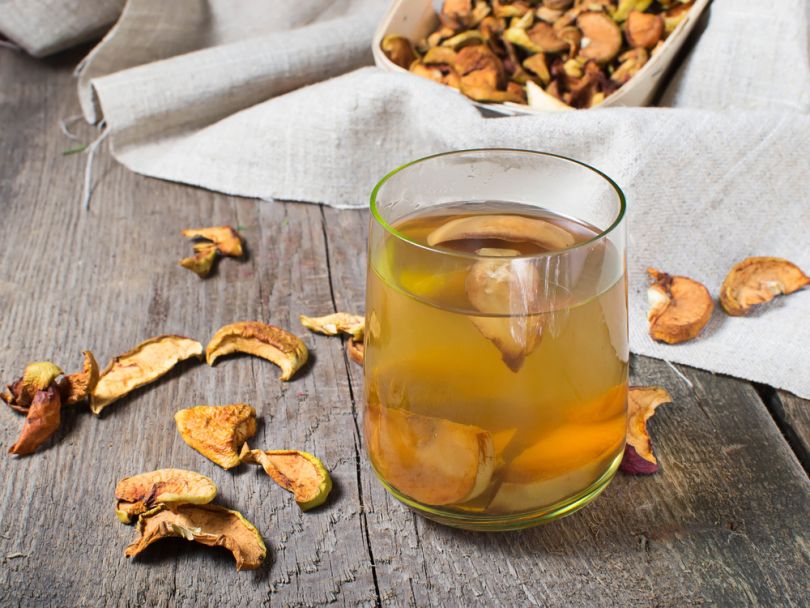 One of the best Ukrainian drinks, uzvar is so universal it can accompany both main dishes and desserts. Perfect for scorching summer, the drink tastes light and doesn’t leave a trace of thirst. Uzvar is traditionally made of dried fruits and berries, most popular being apples, pears, cherries. Sometimes raisins and spice like cinnamon are added to enhance the taste. Diluting boiled fruits and berries with honey is what makes uzvar so special and sweet. It is traditionally served cold, although the hot option is available in many restaurants as well.
One of the best Ukrainian drinks, uzvar is so universal it can accompany both main dishes and desserts. Perfect for scorching summer, the drink tastes light and doesn’t leave a trace of thirst. Uzvar is traditionally made of dried fruits and berries, most popular being apples, pears, cherries. Sometimes raisins and spice like cinnamon are added to enhance the taste. Diluting boiled fruits and berries with honey is what makes uzvar so special and sweet. It is traditionally served cold, although the hot option is available in many restaurants as well.
Riazhanka
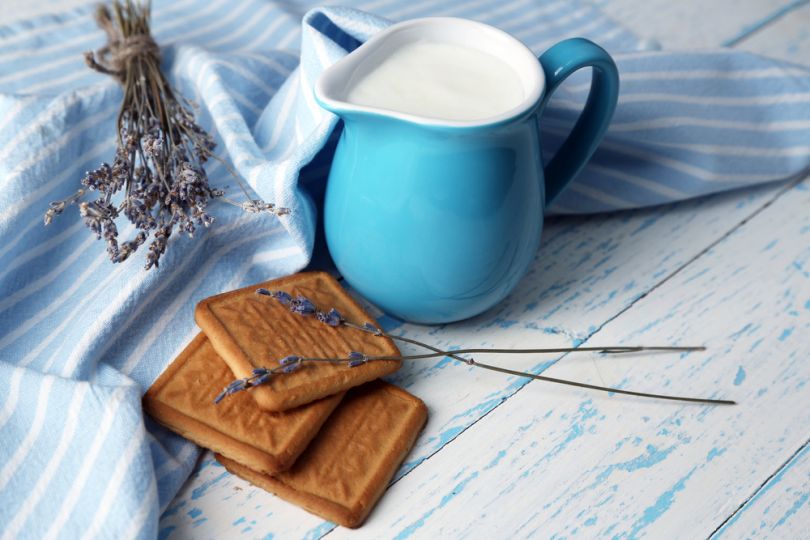 This non-alcoholic Ukrainian drink is well-spread in Ukraine and neighboring countries. It is made from fermented milk and can be tasted alone or with traditional dishes like varenyky, bread or crêpes. While many insist that kefir and riazhanka are the same, it’s not exactly true.
This non-alcoholic Ukrainian drink is well-spread in Ukraine and neighboring countries. It is made from fermented milk and can be tasted alone or with traditional dishes like varenyky, bread or crêpes. While many insist that kefir and riazhanka are the same, it’s not exactly true.
Riazhanka is made from baked milk, which is better fermented opposed to ordinary milk. Secondly, the drink tastes differently — while kefir is sourer, riazhanka is more delicate and sweet. Due to the fact that riazhanka has a large concentration of macro-elements important for human’s health, it’s often given to kids and prescribed for medical purposes. The drink is rich with iron, calcium, magnesium and other beneficial elements.
Photo sources: gazeta.lviv.ua, shutterstock.com. All images belong to their rightful authors.
